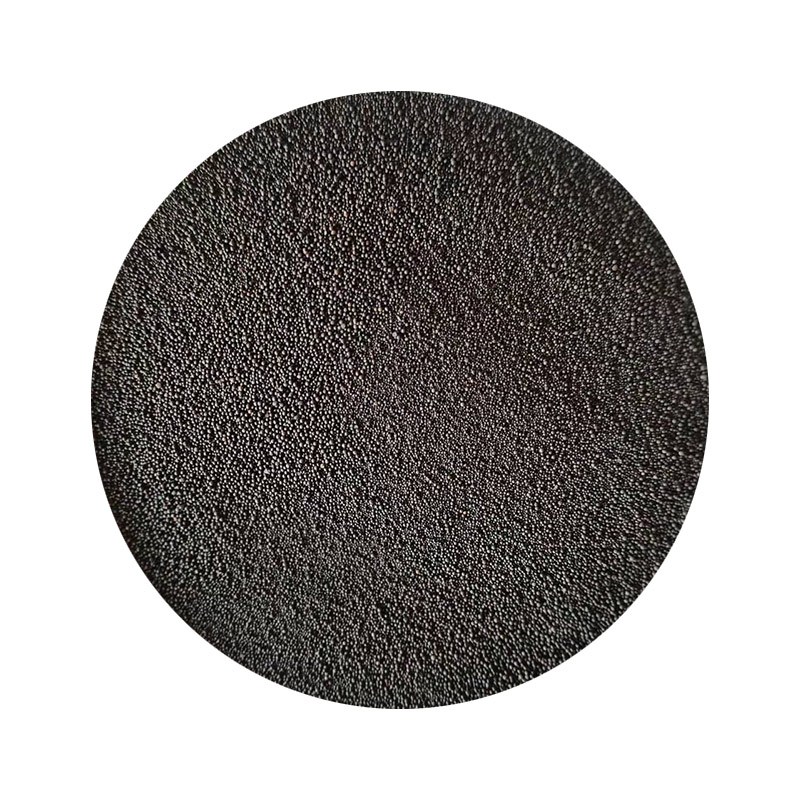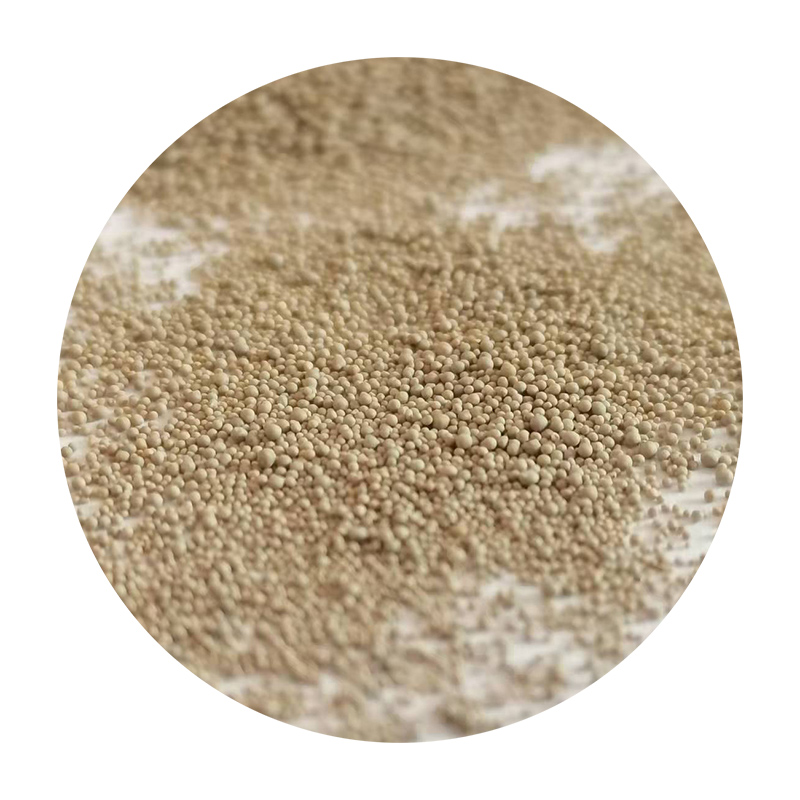

The molten metal component involves the careful selection and handling of metals like aluminum, cast iron, bronze, and steel. The choice hinges on the desired mechanical properties of the final part, such as strength, ductility, and corrosion resistance. The molten state of these metals necessitates sophisticated handling equipment to maintain proper temperatures and achieve consistent pours that minimize voids and imperfections in the casting. Post-casting processes are integral to refining the cast component. This includes operations like shakeout, where the sand mold is broken apart to retrieve the hardened casting, and fettling, which involves removing excess material and refining the surface finish. Techniques like heat treatment may follow, modifying the metallurgical properties of the cast part to enhance characteristics like hardness and strength. Machining may also be necessary to achieve the precise dimensions and tolerances required for the application. Incorporating these components into a sand casting operation requires a delicate balance of experience and technological expertise. An understanding of the materials and processes involved not only ensures the production of high-quality components but also facilitates the optimization of manufacturing for cost-effectiveness and renewable practices. Automation and computer-aided manufacturing techniques are proving invaluable in improving the efficiency and reproducibility of sand casting operations. In conclusion, the components of sand casting form a complex interplay of materials, processes, and innovations. Mastery of these components underpins the production of metal parts that meet the rigorous demands of industries ranging from automotive to aerospace. Through continuous improvement and adaptation, sand casting maintains its relevance in a rapidly advancing manufacturing landscape, providing a reliable and versatile solution for the creation of metal components. Post time:Peb . 14, 2025 22:56
Next:china sand casting factory
